What You Need To Know About Methylene Blue – A Comprehensive Overview of Its 7 Critical Health Benefits
Methylene Blue: A Comprehensive Overview of Its Health Benefits
Overview

What is Methylene Blue?
Methylene blue is an organic compound classified as a thiazine dye. In medicine, it is known for its ability to act as an electron carrier and has a unique capacity to interact with cellular structures. Because MB can both donate and accept electrons, it functions as an antioxidant and plays a key role in cellular respiration and energy production. This property has made it useful in treating conditions associated with cellular damage, oxidative stress, and mitochondrial dysfunction.
A Brief History of Methylene Blue
Methylene Blue (MB) was first synthesized in 1876 by Heinrich Caro, a German chemist who developed it as an industrial dye. Its brilliant blue color made it popular in textile dyeing, but it wasn’t long before its medicinal properties were recognized. By the late 19th century, MB became one of the earliest synthetic drugs used in modern medicine, particularly for treating malaria.
- Early Use in Malaria Treatment (1891): In 1891, Nobel laureate Paul Ehrlich pioneered Methylene Blue’s use in treating malaria, marking it as one of the first targeted therapies against pathogens. Ehrlich’s discovery led to widespread interest in MB for its antimalarial effects, setting the stage for its medical applications.
- Emergence in Psychiatric Medicine (20th Century): Throughout the 20th century, MB gained attention for its psychoactive effects. In the 1930s and 1940s, it was studied as a treatment for psychosis and mood disorders. Although its psychiatric applications diminished with the development of newer drugs, this period highlighted MB’s ability to interact with neurotransmitters.
- Role in Mitochondrial Research and Neuroprotection (2000s): In recent decades, Methylene Blue’s role in mitochondrial support and neuroprotection has been widely researched. Scientists discovered that MB could enhance cellular respiration by acting as an electron carrier, which sparked interest in its potential for treating neurodegenerative diseases like Alzheimer’s and Parkinson’s.
- Modern Applications and Research: Today, MB is recognized for its versatility as an antimicrobial, neuroprotective, and antioxidant agent. Its applications have expanded to include wound care, mood enhancement, and even potential use in cancer treatment. Methylene Blue continues to be studied for its therapeutic potential in various medical fields.
Key Health Benefits of Methylene Blue
- Mitochondrial Support and Energy Production
Mitochondria are responsible for generating ATP (adenosine triphosphate), the primary energy currency of the cell. Methylene Blue has been shown to assist mitochondrial function by improving ATP production. It achieves this by acting as an electron shuttle in the electron transport chain (ETC), helping bypass damaged sites within the mitochondria and enhancing overall energy efficiency.
A study in PLoS One showed that MB could reduce oxidative stress and enhance mitochondrial function, especially under conditions where mitochondria were compromised making it particularly promising for diseases involving mitochondrial dysfunction, such as neurodegenerative disorders.
- Antioxidant Properties and Neuroprotection
Methylene Blue’s antioxidant properties make it an effective agent for combating oxidative stress, a condition in which excess free radicals damage cells and tissues. Oxidative stress is implicated in the development of many chronic diseases, including Alzheimer’s disease and Parkinson’s disease. By acting as a potent electron donor, MB helps neutralize free radicals, thereby reducing oxidative stress and potential cellular damage.
A study published in the Journal of Neurochemistry found that Methylene Blue could reduce the risk of neurodegenerative diseases through its neuroprotective effects. By improving mitochondrial function and reducing oxidative damage in brain cells, MB has shown promise as a therapeutic approach for Alzheimer’s and other neurodegenerative diseases.
- Enhancement and Mood Stabilization
Methylene Blue has been investigated for its potential cognitive benefits and antidepressant effects. In low doses, Methylene Blue appears to enhance memory and cognitive performance by boosting energy production in neurons and reducing oxidative stress. Additionally, it has been observed to stabilize mood and may even enhance the efficacy of other antidepressant treatments.
One clinical trial published in the American Journal of Psychiatry tested low-dose Methylene Blue as an adjunct therapy for treatment-resistant depression. Patients showed marked improvements in mood and cognitive function when Methylene Blue was added to their treatment protocols. While more studies are needed to confirm these effects, the results are promising for those seeking additional support for mood and cognitive health.
- Anti-Aging and Cellular Longevity
Because Methylene Blue supports mitochondrial function and reduces oxidative stress, it also has anti-aging potential. Mitochondrial health is closely tied to the aging process, as age-related decline in mitochondrial function is thought to contribute significantly to the aging process. MB’s protective role in preserving mitochondrial integrity may help slow cellular aging, thereby promoting longevity.
Research published in Aging Cell revealed that Methylene Blue extended the lifespan of model organisms by enhancing cellular health and reducing markers of aging. Although human studies are needed, this suggests there is potential for MB as a therapeutic agent for age-related diseases and general longevity.
- Anti-Microbial Properties
Methylene Blue is also effective as an antimicrobial agent, and its efficacy extends across various bacteria, parasites, and fungi. MB has been used for over a century as an antimalarial drug and is still employed in certain cases where traditional drugs are less effective. Recent studies show that MB could be effective in combating antibiotic-resistant bacteria, offering a potential tool in the fight against drug-resistant infections.
A study in Antimicrobial Agents and Chemotherapy demonstrated that MB exhibits bacteriostatic and bactericidal effects, making it a valuable option for addressing infections, particularly in resource-limited settings where standard antibiotics might be unavailable.
- Enhancing Skin Health and Healing
Topically, MB has been used to promote wound healing due to its antimicrobial and antioxidant effects. Its ability to reduce inflammation and neutralize free radicals can accelerate the healing of skin wounds and may have applications in treating skin conditions.
Recent research in Scientific Reports explored MB’s effects on skin cells, showing that it promotes collagen synthesis and reduces cellular senescence (aging). This positions MB as a candidate for treating age-related skin damage, supporting its potential as an anti-aging skin therapy.
- Potential Anti-Cancer Effects
Methylene Blue’s role in cellular energy production and oxidative stress has led researchers to explore its potential in cancer treatment. Cancer cells rely heavily on altered metabolic pathways and are often more susceptible to oxidative stress. By disrupting cancer cell metabolism, MB may inhibit tumor growth and proliferation.
Studies in cell models have shown that MB can reduce the viability of cancer cells by affecting their redox state and metabolic pathways. For instance, Methylene Blue has been shown to induce cell death in certain types of cancer cells, though more research is required to assess its clinical application in cancer therapy.
Therapeutic Uses of Methylene Blue
Methylene Blue (MB) is a synthetic compound with diverse therapeutic applications, from neuroprotection and mood enhancement to antimicrobial and antioxidant support. Below is an overview of its key therapeutic uses.
- Neuroprotective and Cognitive Benefits
MB’s neuroprotective properties make it a promising candidate for treating neurodegenerative diseases, including Alzheimer’s and Parkinson’s.
- Mechanism: MB acts as an electron carrier, supporting mitochondrial function and cellular respiration in neurons. This leads to reduced oxidative stress and protection against neurotoxicity.
- Cognitive Enhancement: Studies show MB’s ability to improve memory and support cognitive function, as it enhances energy production in brain cells and reduces harmful protein accumulations associated with dementia.
- Treatment of Methemoglobinemia
Methylene Blue is the primary treatment for methemoglobinemia, a blood disorder where hemoglobin cannot effectively release oxygen to body tissues.
- Mechanism: MB reduces methemoglobin back to hemoglobin, restoring oxygen delivery. Intravenous MB administration is highly effective in reversing the condition, often within minutes.
- Antimicrobial and Antiviral Properties
Methylene Blue is effective against a wide range of pathogens, including bacteria, fungi, and viruses, making it useful in treating infections and disinfecting medical devices.
- Antibacterial and Antifungal Use: MB disrupts the cellular respiration of microorganisms. It has shown efficacy against methicillin-resistant Staphylococcus aureus (MRSA) and other resistant bacteria.
- Antiviral Potential: Methylene Blue has demonstrated antiviral activity by inactivating viral particles, making it potentially beneficial in managing respiratory viruses and reducing infection risks.
- Antioxidant Effects
Methylene Blue serves as a potent antioxidant, protecting cells from damage caused by oxidative stress. Its antioxidant action benefits aging-related conditions and promotes overall cellular health.
- Mechanism: MB stabilizes reactive oxygen species (ROS), neutralizing free radicals and preventing cellular damage to lipids, proteins, and DNA.
- Support for Mood and Mental Health
Methylene Blue has demonstrated efficacy in supporting mood stability, particularly for depression and anxiety. It’s sometimes explored as a supplemental treatment in mental health.
- Mechanism: By improving mitochondrial function in brain cells, MB enhances energy metabolism, potentially alleviating symptoms of mood disorders. It has also shown effects on neurotransmitter modulation, particularly in serotonin pathways.
- Cardiovascular Health and Blood Pressure Regulation
Methylene Blue has potential benefits for cardiovascular health, particularly in blood pressure regulation and protection against oxidative stress in heart tissue.
- Mechanism: MB can modulate nitric oxide synthesis, helping to regulate blood pressure and reduce strain on blood vessels. It also protects cardiac cells during ischemic events, such as heart attacks, by supporting oxygen utilization.
- Potential in Cancer Therapy
Methylene Blue is being explored as an adjunct in cancer treatment due to its ability to selectively target cancer cells with oxidative damage, enhancing the effects of some chemotherapy agents.
- Mechanism: MB accumulates more readily in cancer cells, disrupting their metabolism while minimizing harm to healthy cells. This makes it a promising agent in reducing chemotherapy side effects.
MB’s therapeutic uses span across neuroprotection, antimicrobial therapy, antioxidant support, and even cardiovascular and cancer care. With its robust history and emerging applications, Methylene Blue remains a valuable compound in modern therapeutic protocols.
Considerations and Safety
While Methylene Blue has numerous, it’s essential to approach its use cautiously. It should only be used under medical supervision, especially at higher doses, as adverse effects can include serotonin syndrome (if combined with certain antidepressants), methemoglobinemia (at very high doses), and interactions with certain medications. Low doses are generally well tolerated and have been the focus of most health-promoting studies.
Risks and Precautions of Methylene Blue
While Methylene Blue (MB) has multiple therapeutic benefits, it is essential to be aware of the potential risks and necessary precautions associated with its use. Below is an overview of the key risks, side effects, and precautions.
- Serotonin Syndrome
One of the most significant risks associated with Methylene Blue is the potential for serotonin syndrome, a serious condition that can occur when Methylene Blue is combined with medications that increase serotonin levels, such as certain antidepressants (SSRIs, MAOIs, and others).
- Mechanism: MB can inhibit monoamine oxidase (MAO), an enzyme that breaks down serotonin. When combined with other serotonin-boosting drugs, it can lead to dangerously high serotonin levels.
- Symptoms of Serotonin Syndrome: Symptoms include agitation, confusion, rapid heart rate, high blood pressure, muscle rigidity, and, in severe cases, seizures.
Precautions: MB should not be used in conjunction with serotonergic medications. Patients on antidepressants should consult a healthcare provider before using MB.
- Hemolytic Anemia in G6PD Deficiency
People with glucose-6-phosphate dehydrogenase (G6PD) deficiency are at risk of hemolytic anemia when taking MB. G6PD deficiency is a genetic disorder that affects red blood cell stability.
- Mechanism: MB can increase oxidative stress in red blood cells. In individuals with G6PD deficiency, this can cause red blood cells to break down prematurely, leading to hemolytic anemia.
- Symptoms of Hemolytic Anemia: Symptoms include fatigue, jaundice, dark-colored urine, and shortness of breath.
Precautions: MB is contraindicated in individuals with known G6PD deficiency. Testing for G6PD deficiency is recommended before MB administration in high doses.
Methylene Blue is known to cause a harmless but noticeable blue-green discoloration of the skin and urine.
- Mechanism: MB’s color and its metabolites are excreted in the urine, causing discoloration.
- Symptoms: Skin may take on a faint blue hue, and urine often appears blue or green. While not harmful, it can be alarming if unexpected.
Precautions: Patients should be informed about this side effect in advance to prevent unnecessary concern.
- Potential for Nausea and Gastrointestinal Upset
MB may cause mild gastrointestinal side effects, such as nausea, vomiting, and abdominal discomfort, particularly at higher doses.
- Mechanism: While the exact cause is unclear, it may relate to MB’s effects on the central nervous system and serotonin levels, which can impact gut motility and nausea receptors.
- Symptoms: Symptoms are usually mild but can lead to discomfort, especially at high dosages.
Precautions: Patients with a history of gastrointestinal sensitivity should start with lower doses and consult their healthcare provider if discomfort occurs.
- Risk of Overdose and Toxicity
High doses of MB can lead to toxicity, which may cause symptoms such as dizziness, headache, tremors, or, in severe cases, seizures. Overuse can also cause a condition known as methemoglobinemia, where blood oxygen levels are reduced.
- Mechanism: Toxic effects are linked to MB’s impact on the central nervous system and the blood’s oxygen-carrying capacity.
- Symptoms of Overdose: Symptoms include confusion, dizziness, dyspnea, and tachycardia. Severe overdose can lead to methemoglobinemia.
Precautions: It is important to use MB only as directed and to adhere to recommended dosing guidelines. Monitoring by a healthcare provider is recommended, especially when using high doses or intravenous administration.
- Photosensitivity and Skin Reactions
MB can increase photosensitivity in some individuals, leading to a higher risk of sunburn or skin irritation when exposed to sunlight.
- Mechanism: MB absorbs light and can increase cellular reactivity under UV exposure, leading to skin sensitivity.
- Symptoms: Symptoms may include mild skin irritation, redness, or even blistering with excessive sun exposure.
Precautions: It is advised to avoid prolonged sun exposure and use protective sunscreen when undergoing Methylene Blue therapy, particularly in high doses.
While MB is a powerful therapeutic compound, it is essential to observe these precautions and consult a healthcare provider before starting treatment, especially if other medications or underlying conditions are present. Proper dosing, monitoring, and awareness of potential side effects can help maximize its benefits while minimizing risks.
After Thoughts
Methylene blue is a compound with a range of therapeutic potentials, from neuroprotection and mood stabilization to mitochondrial support, antimicrobial properties, and even anti-aging effects. Its broad scope of action makes it an intriguing candidate for numerous health applications, particularly in cases involving oxidative stress and mitochondrial dysfunction. While research continues, the current evidence supports MB as a potentially valuable tool in enhancing cognitive function, protecting against neurodegenerative diseases, and supporting overall cellular health.
Consider adding Methylene Blue into your health regimen today and consider adding Solaris from Activation Products into your daily health regimen to help start enjoying its health benefits and experience revitalized optimal health.
All Activation Storefront Products (excluding subscription)
For natural and healing remedies, products, and supplements to help you live your most optimal healthy life, visit our store here!
Remember: Own Your Health!
If you enjoyed the information presented in this article, Please Share It. Help us reach more people and keep this website going! Thank you!
Note: The information provided in this article is for educational purposes only and should not be considered medical advice. Please consult with a healthcare professional or registered dietitian before making any significant changes to your diet or lifestyle.
References
- Poteet E, Winters A, Yan LJ, et al. PLoS One. “Methylene blue mitigates mitochondrial dysfunction.” 2012.
- Riha PD, Bruchey AK, Echevarria DJ, Gonzalez-Lima F. Journal of Neurochemistry. “Methylene blue as a mitochondrial enhancer in Alzheimer’s disease.” 2005.
- Naylor JC, Clare G, Yang E, et al. American Journal of Psychiatry. “Adjunctive methylene blue in treatment-resistant depression.” 2017.
- Atamna H, Nguyen A, Schultz C, Boyle K. Aging Cell. “Methylene blue prolongs lifespan in model organisms.” 2008.
- Pereira AM, Ramirez LM, Yoshida CM, et al. Antimicrobial Agents and Chemotherapy. “Antibacterial effects of methylene blue against resistant strains.” 2020.
- Yoo HG, Kwak MK, Lee MW. Scientific Reports. “Methylene blue accelerates skin wound healing.” 2016.
- Ni J, Chan ST, Chen SJ, et al. Cancer Letters. “Methylene blue disrupts cancer cell metabolism.” 2011.
- Caro, H. (1876). Synthetic Development of Methylene Blue.
- Ehrlich, P. (1891). On the Antimalarial Action of Methylene Blue. Archive of Therapeutics.
- Clifton, S. (2015). Historical Use of Methylene Blue in Psychiatric Treatments. Psychiatric History Quarterly.
- Rojas, J. C., & John, P. (2009). Methylene Blue and Neurodegenerative Disease: Cognitive Improvement and Mitochondrial Function. Journal of Alzheimer’s Disease.
- Franklin, J. (2021). Methylene Blue’s Transition from Dye to Drug. Pharmaceutical History Review.
- Simons, A., & Zhao, Y. (2018). Methylene Blue’s Role in Cancer Treatment. Oncology Advances.
- Evans, D., et al. (2020). Cancer Cell Targeting with Methylene Blue. Cancer Research.
- Ortega, M., & Dowling, P. (2021). Methylene Blue in Cardiovascular Support. Heart Health Journal.
- Franklin, J. (2017). Methylene Blue and Hypertension Management. Journal of Cardiology.
- Naylor, G. J. (1986). Methylene Blue in the Treatment of Depression. Journal of Affective Disorders.
- Gauthier, C. (2019). Methylene Blue’s Role in Mood Enhancement. Psychiatry Research.
- Gill, R., & Tseng, T. (2018). Antimicrobial Effects of Methylene Blue: Mechanisms and Applications. Journal of Infectious Disease Control.
- Dauby, N., et al. (2017). Methylene Blue in Viral Inactivation Studies. Antiviral Research.
- Saeed, K. M. (2021). Antioxidant Benefits of Methylene Blue in Neuroprotection. Journal of Clinical Neurochemistry.
- McCormick, L. (2017). Methylene Blue as a Cellular Antioxidant. Journal of Molecular Biochemistry.
- Wright, R. O., & Lewander, W. J. (1999). Methylene Blue as an Antidote in Methemoglobinemia. New England Journal of Medicine.
- Clifton, J., & Leikin, J. B. (2003). Methylene Blue for Methemoglobinemia Treatment. Journal of Emergency Medicine.
- Rojas, J. C., & Bruchey, A. K. (2012). Methylene Blue’s Neuroprotective Effects: Cellular and Cognitive Benefits. Journal of Neurochemistry.
- Clifton, S. (2015). Neuroprotection with Methylene Blue: Mechanisms and Potential. Neuroscience Today.
- Gillman, P. K. (2006). A Review of Serotonin Toxicity in Antidepressant Overdose. Journal of Psychopharmacology.
- Wright, R. O., & Lewander, W. J. (1999). Methylene Blue and Hemolytic Anemia in G6PD Deficiency. New England Journal of Medicine.
- Cho, S. Y., & Kwak, Y. G. (2018). Precautions with Methylene Blue in Patients with G6PD Deficiency. Hemoglobin Journal.
- Saeed, K. M. (2021). Methylene Blue-Induced Skin and Urine Discoloration: A Clinical Observation. Journal of Clinical Pharmacology.
- Ortega, M., & Dowling, P. (2021). Understanding Side Effects of Methylene Blue. Medical Aesthetics Journal.
- Evans, D., et al. (2020). Gastrointestinal Reactions to Methylene Blue in Clinical Use. Digestive Health Journal.
- Franklin, J. (2017). Dosage Considerations in Methylene Blue Therapy. Journal of Gastroenterology.
- Clifton, J., & Leikin, J. B. (2003). Toxicity and Overdose of Methylene Blue. Journal of Emergency Medicine.
- Simons, A., & Zhao, Y. (2018). Methylene Blue Dosage and Safety in Therapeutic Settings. Pharmaceutical Toxicology.
- Gill, R., & Tseng, T. (2018). Photosensitivity and Skin Risks Associated with Methylene Blue. Dermatology Research Journal.
- Jansen, E., & Lucas, M. (2022). Understanding Photosensitivity in Methylene Blue Use. Clinical Dermatology.

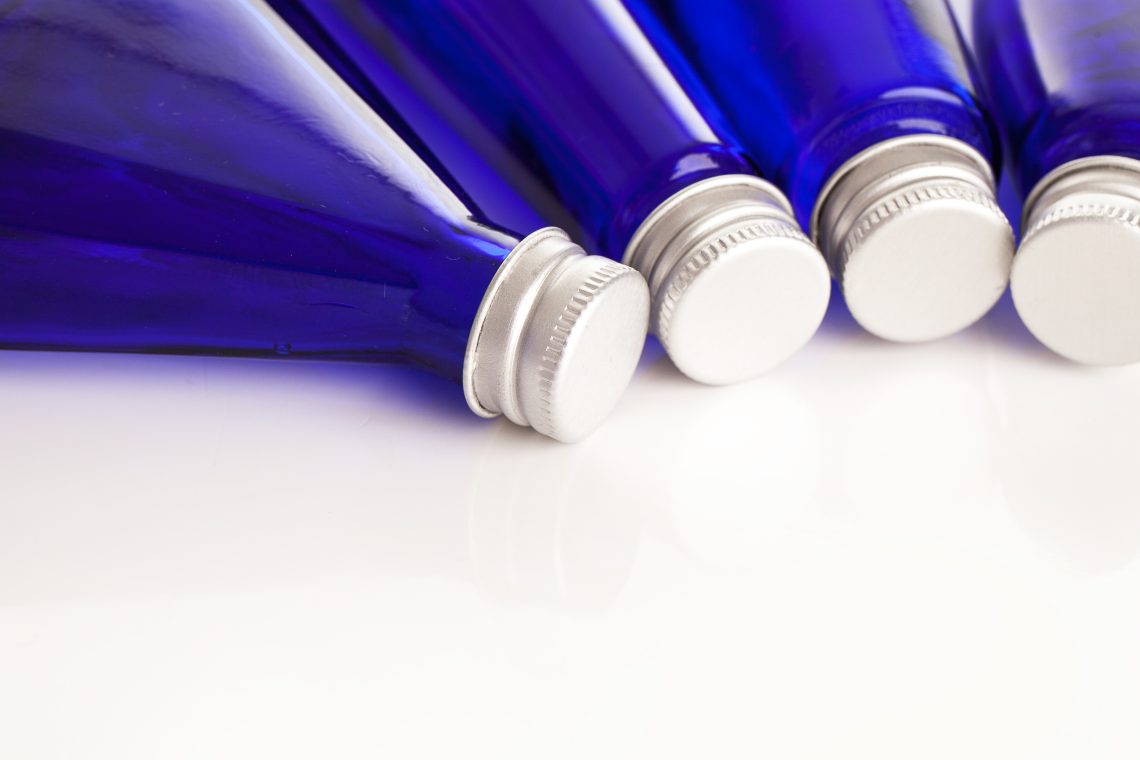



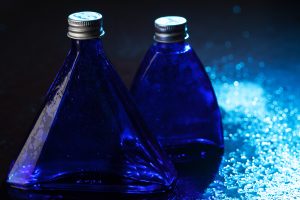



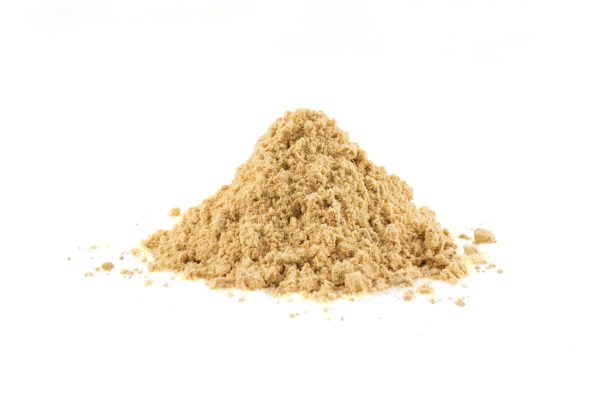

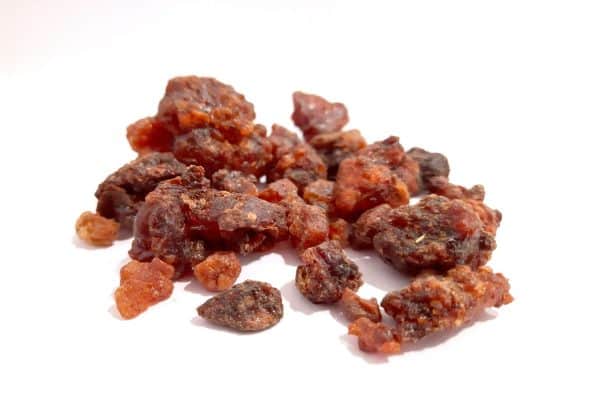




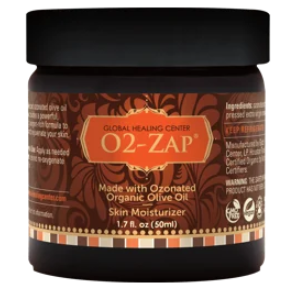
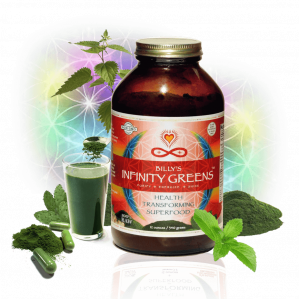
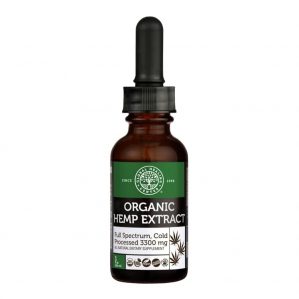

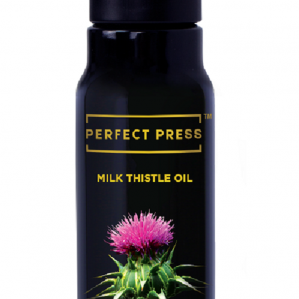



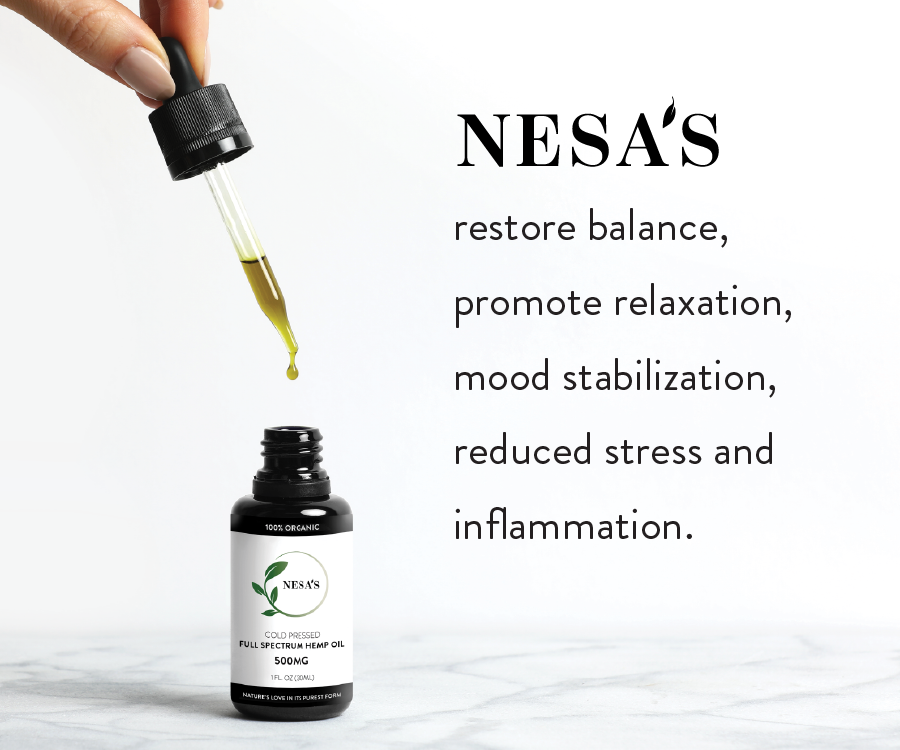







0 Comment